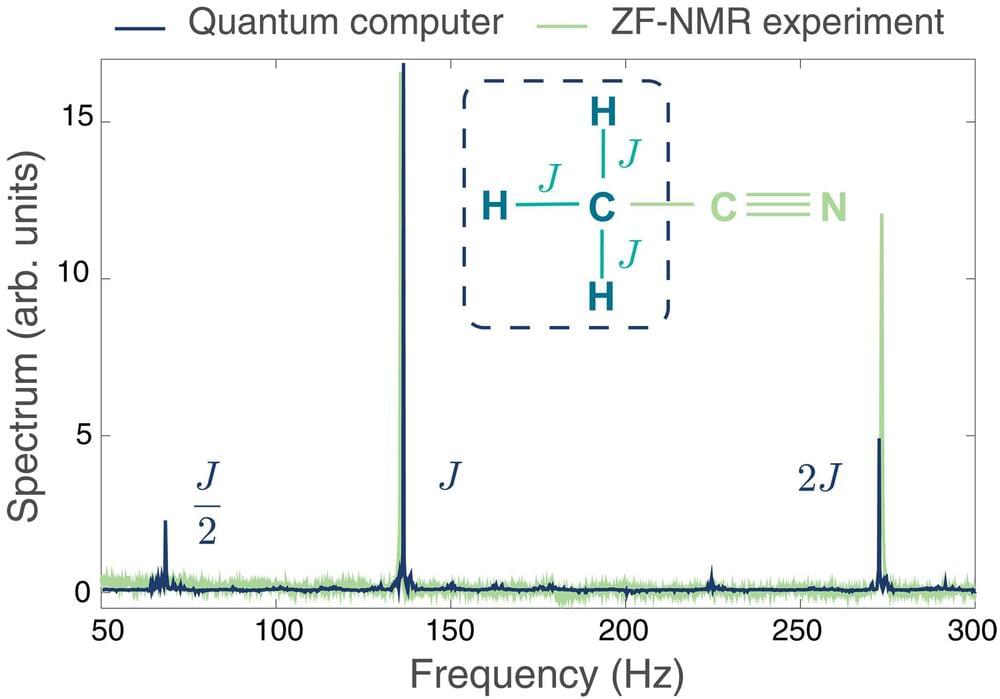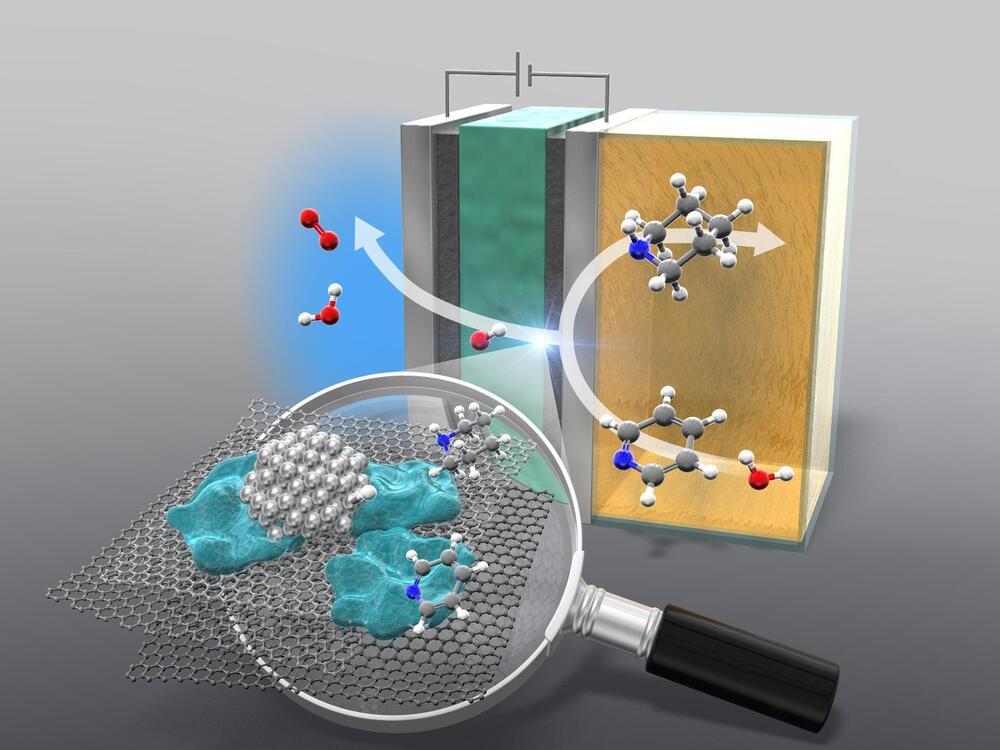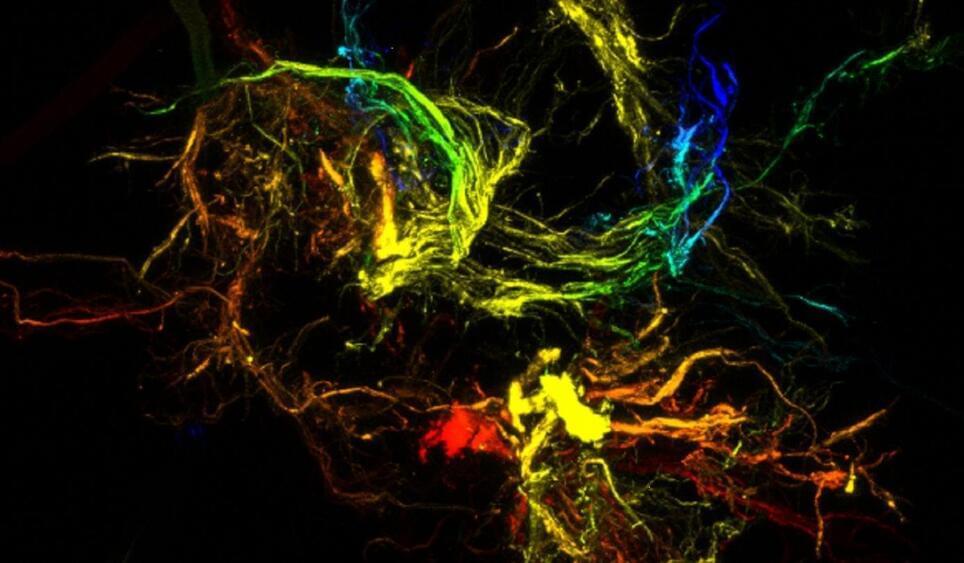New research from North Carolina State University shows that unique materials with distinct properties akin to those of gecko feet – the ability to stick to just about any surface – can be created by harnessing liquid-driven chaos to produce soft polymer microparticles with hierarchical branching on the micro-and nanoscale.
The findings, published today (October 14, 2019) in the journal Nature Materials, hold the potential for advances in gels, pastes, foods, nonwovens, and coatings, among other formulations.
The soft dendritic particle materials with unique adhesive and structure-building properties can be created from a variety of polymers precipitated from solutions under special conditions, says Orlin Velev, S. Frank and Doris Culberson Distinguished Professor of Chemical and Biomolecular Engineering at NC State and corresponding author of the paper.









